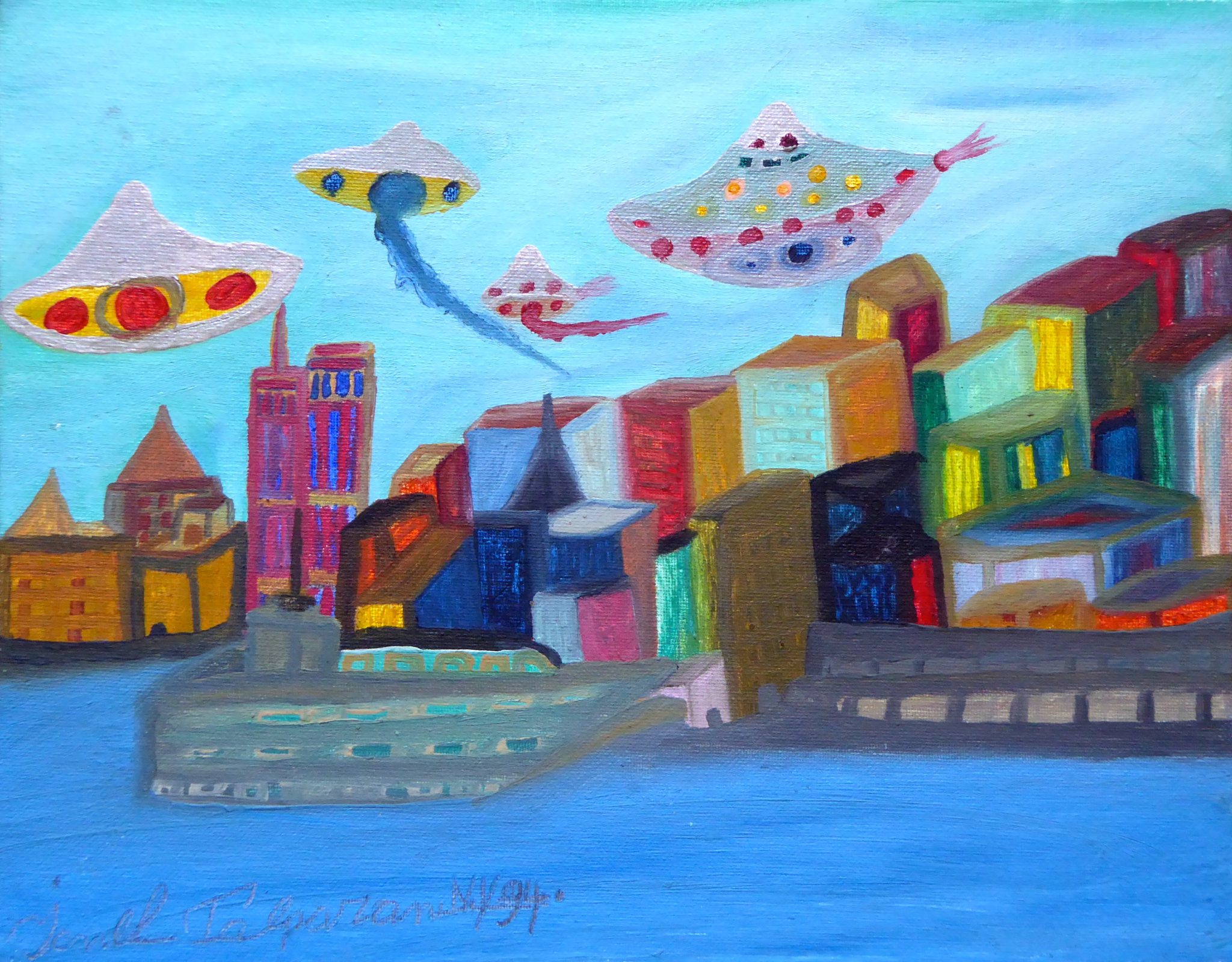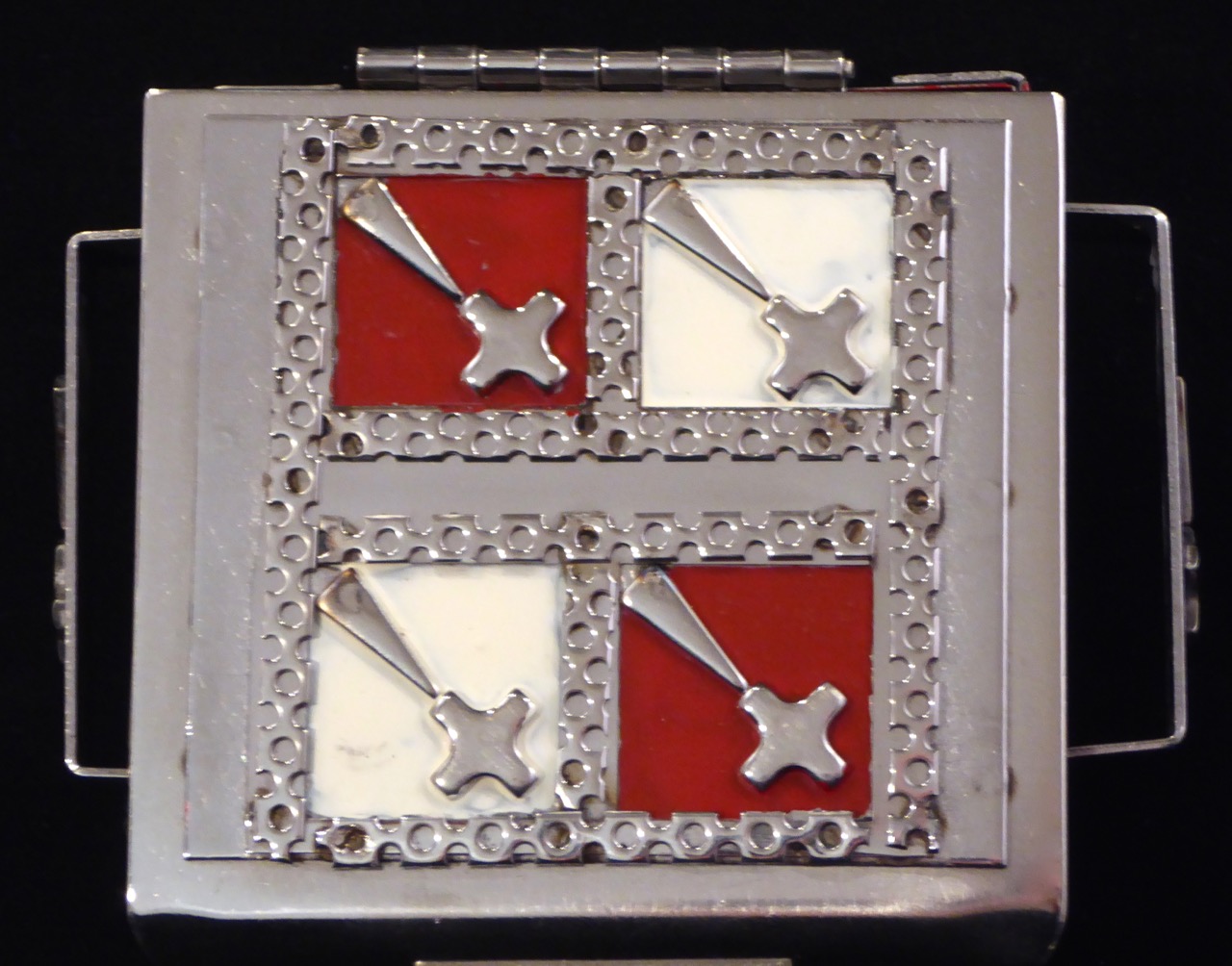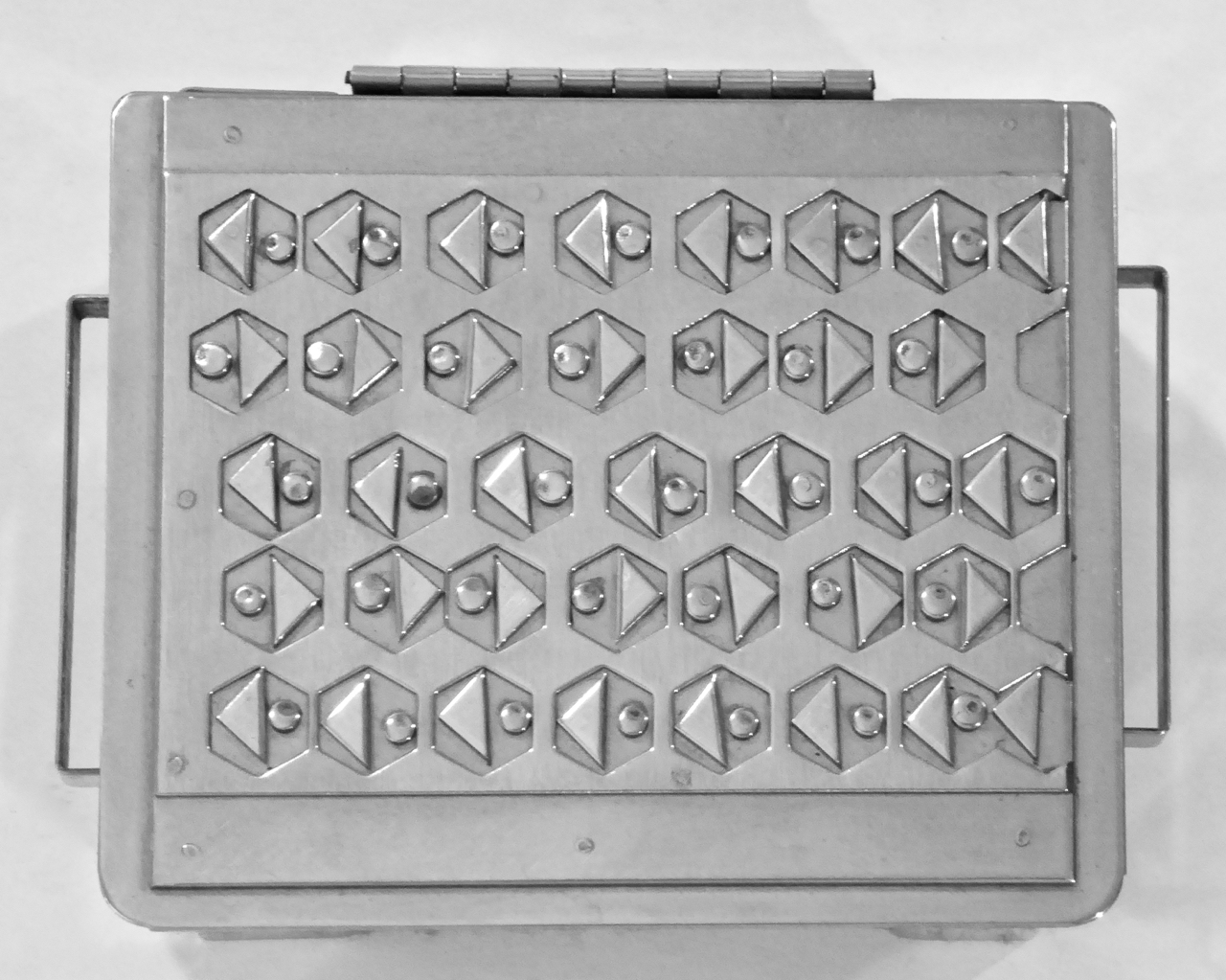Envisioning Howard Finster: The Religion and Art of a Stranger from Another World, by Norman J. Girardot, University of California Press, 304 pages, 16 color plates and 20 b/w illustrations, 2015. ISBN 978-0520261105. Paperback, $29.95 The prolific southern visionary Howard Finster was something of an enigma. How much of his colorful output was a matter of vision vs. showmanship? How important are his paintings vs. his Paradise Garden environment? Crazy, or crazy like a fox? The flood of work (some 46,000 numbered pieces, nearly all with spiritual messages) and his loquacious sermonizing raise another key question: Are we obligated to
Continue readingCategory: Art
2016 Calendar: Garage Doors of Olympia Fields
Just published: The interestingideas.com 2016 calendar, Garage Doors of Olympia Fields, a celebration of suburban creativity. Order it now at Lulu.com. Other 2016 calendars for sale:
Continue readingTour the Lakefront Stone Carvings: Oct. 11
Chicago is home to the greatest collection of outdoor stone carvings in urban America. Generations of beach-going carvers whiling away the hours left their marks on huge limestone blocks installed during the Depression to improve and protect the city’s park-lined lakefront. Many of these anonymous carvings have been destroyed as part of more recent anti-erosion projects. But the stretch of shoreline between Bryn Mawr and Montrose Avenues still boasts dozens of these small wonders — animals, bathing beauties, presidents, deities, buildings and, of course, initials, names and eternal professions of love. It’s the best public art that no one sees. They’re
Continue reading
RIP Ionel Talpazan, UFO Artist
It was sad to hear of the death of Ionel Talpazan, the fabulous Romanian artist who created a world of UFOs in his paintings, drawings and sculpture. Read his New York Times obituary
Continue readingShort Review: Walker Evans the Magazine Work
If Walker Evans’ famous Depression-era pictures for the Farm Security Administration long overshadowed his other work, his magazine career has been the most obscured of all. Employment at Henry Luce’s Fortune can easily seem at odds with his very individual vision and his social consciousness. But David Campany makes an effective case for elevating the magazine spreads to the first rank, and the book includes numerous facsimiles as evidence. Evans had a great deal of creative control, and the magazine format allowed him to present photos and text in ways that make his ideas more explicit than you can garner
Continue readingFood Truck Visions: A Street Food Environment
The vibrant visual environment created by food trucks on the National Mall in Washington, D.C., is a longtime favorite at Interesting Ideas. These photos of this vernacular art experience are from our third session there, in August 2015. You can also see some glorious details at Food Truck Visions: Art of Street Food, D.C. . See our existing National Mall food truck gallery.
Continue readingRecords, Art, Household Goods, Books, Collectibles For Sale
Available Sept. 12, 2015, at the Lakewood Balmoral Yard Sale As usual, I’ll be selling at the jumbo Lakewood Balmoral neighborhood yard sale this year. It’s a great sale with lots of houses participating. I have lots of new stuff to haul out, including a ton of music. Find me on the 5600 block of North Magnolia. Here’s a list of some of the best records: LPs & 45s 10CC: Sheet Music $3 4 Vagabonds: Yesterday’s Memories (Relic) $4 5 Royales: Laundromat Blues (Relic) $3 801: Live $3 Al Green: Gets Next To You $10
Continue reading
Stanley Szwarc in Color
Many of Stanley Szwarc’s earliest boxes, from the 1980s, were painted, mostly with some kind of spray paint. For a time it appears he stopped using color, since most boxes from the late 1980s on were unpainted, at least on the outside. But sometime in the 1990s he created a steady stream of boxes with a thick enamel applied to create colorful patterns on top of the metal ornamentation that was on all his work. Recently acquired early work Visit the Stanley Szwarc visionary cross gallery Visit the Stanley Szwarc portrait gallery View Stanley Szwarc’s vases The Stanley Szwarc boxes 2016 show at Intuit
Continue reading
The Stanley Szwarc Boxes
Stanley Szwarc (1928-2011) was a prolific artist, and boxes were his most frequent creation. There are thousands of these floating around the Chicago area, ranging from tiny ones barely a couple of inches wide to bruisers that could take up the corner of a desk. In his basement were closets and trunks filled with layers of boxes stacked up and divided by sheets of cardboard. “No two alike,” he would always say. As with all his work, the ornamentation is brilliantly creative. Recently acquired early work Visit the Stanley Szwarc visionary cross gallery Visit the Stanley Szwarc portrait gallery View Stanley Szwarc’s vases Stanley
Continue reading